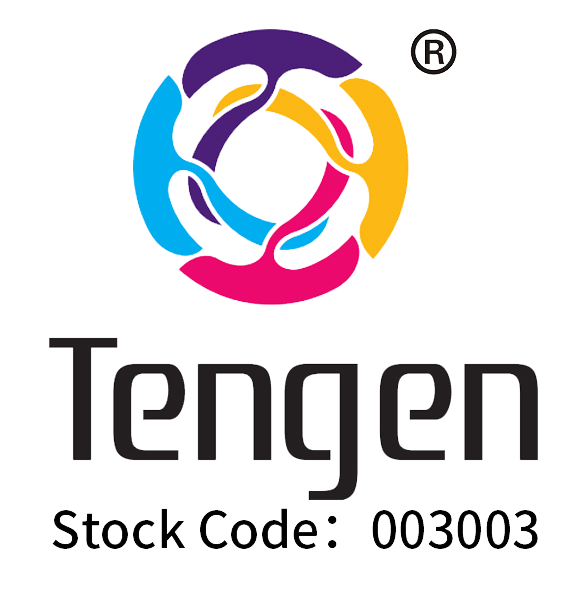Reflective foil insulation functions mainly by reflecting radiant heat away from living spaces through its highly reflective surface. This fascinating technology reduces heat transfer significantly, making indoor environments comfortable during both summer and winter. In warmer months, it keeps the heat out, while in colder months, it retains warmth. Studies have quantified its effectiveness, showing significant reductions in energy consumption, translating into lower utility bills. This is supported by various scientific studies highlighting the relevance of infrared radiation blocking technology, central to modern insulation strategies.
Reflective foil insulation is lauded for its contributions to energy efficiency, with some studies pointing to potential savings of up to 30% on heating and cooling bills. The Department of Energy supports these claims, emphasizing the long-term financial benefits for homeowners and builders who adopt this type of insulation. The insulation’s cost can typically be recouped within a few years when used in climates with extreme temperatures. Its lightweight nature and ease of installation make it an appealing choice for cost-conscious building projects, further boosting its status as an economical yet effective solution.
Reflective Foil Foam Insulation with a dual-layer EPE design is crafted to maximize insulation effectiveness while being lightweight. This advanced insulation method focuses on thermal resistance, efficiently reflecting heat to maintain the desired temperature within your space. Ideal for both residential and commercial applications, this product ensures optimal comfort. The environmentally friendly EPE materials used have demonstrated superior insulation capabilities in multiple studies. For more detailed information, you can explore Reflective Foil Foam Insulation.
This insulation type is particularly renowned for its waterproof properties, making it an excellent choice for areas susceptible to humidity or moisture. Its lightweight design facilitates user-friendly installation, which is advantageous for DIY enthusiasts. Recent testing has confirmed its dual ability to retain heat and repel excess moisture, thus ensuring the product's long-term durability. To learn more, visit the Double Bubble Reflective Foil Insulation.

Reflective Foil Bubble Insulation is tailored for RVs and vehicle applications, offering precise temperature control in compact and mobile spaces. Its versatile nature makes it ideal for multiple vehicle uses, thereby improving comfort in both winter and summer conditions. Real-life reviews and user experiences confirm its efficiency in optimizing energy consumption in confined settings. For more insights, see Reflective Foil Bubble Insulation.

High-Density EPE Foam Insulation offers customizable thickness, allowing for tailored solutions to fit specific insulation needs. The high-density material guarantees durability and consistent insulation performance across diverse temperature ranges. Installation experts frequently commend it for its adaptability in multiple environments, underscoring its efficacy and versatility. To explore further, visit Reflective Foil Foam Insulation.

Radiant Barrier Foil Insulation proves especially effective when used in attics, significantly reducing heat gain indoors and lessening the need for air conditioning. The installation of integrated foil systems enhances thermal efficiency, contributing to energy savings by lowering electrics costs. Industry studies consistently demonstrate the efficacy of radiant barriers in diminishing summer heat absorption, making them a valuable component of home insulation projects. Further information is available at Reflective Foil Insulation.

Proper surface preparation is crucial for ensuring that reflective foil adheres effectively, enhancing overall insulation performance. To start, ensure that the surfaces are cleaned thoroughly to remove dust, dirt, or oil, which can impede the adhesion process. Priming surfaces is an additional step that can further enhance the foil's ability to stick, according to guidelines provided by insulation professionals. Such meticulous preparation helps avoid the formation of air gaps, which research indicates can significantly reduce the effectiveness of the insulation by allowing heat transfer where none should occur. By following these steps, you set the stage for a successful insulation installation that maximizes thermal efficiency.
Sealing the edges of the reflective foil is essential to maintain the integrity of insulation and prevent unwanted air leaks, which could compromise energy efficiency. Utilizing high-quality sealants specifically designed for insulation purposes can enhance the durability and effectiveness of the installation. According to data from various energy audits, homes with properly sealed insulation edges tend to save more on energy costs compared to those with poorly sealed edges. These savings underscore the importance of investing time and resources into accurately sealing all potential points of air leakage, thus optimizing the overall performance of your insulation system.
Understanding the distinct roles of R-value and reflectivity is essential when selecting reflective foil thermal insulation. The R-value measures thermal resistance, indicating how well the material prevents heat transfer. In contrast, reflectivity describes the material's ability to reflect radiant heat. Both metrics are crucial to achieving optimal performance. Industry experts stress that a balanced consideration of both R-value and reflectivity leads to better thermal efficiency, enhancing comfort in various environments. Those keen on maximizing insulation efficiency should not overlook these parameters.
Selecting the proper insulation for indoor or outdoor applications involves understanding environmental demands. Indoor reflective foils prioritize thermal comfort and moisture resistance, catering to conditioned spaces. Conversely, outdoor applications grapple with fluctuating weather conditions, necessitating robust weather resistance. Research underscores that mismatching insulation type to its intended setting can impair performance and escalate costs. Hence, meticulous assessment of environmental factors is vital for optimum insulation efficiency and effectiveness.
 Hot News
Hot News2024-05-31
2024-05-31
2024-05-31
2024-05-31

© Copyright 2024 Hubei Tianzhiyuan Technology Co.,Ltd All Rights Reserved Privacy policy